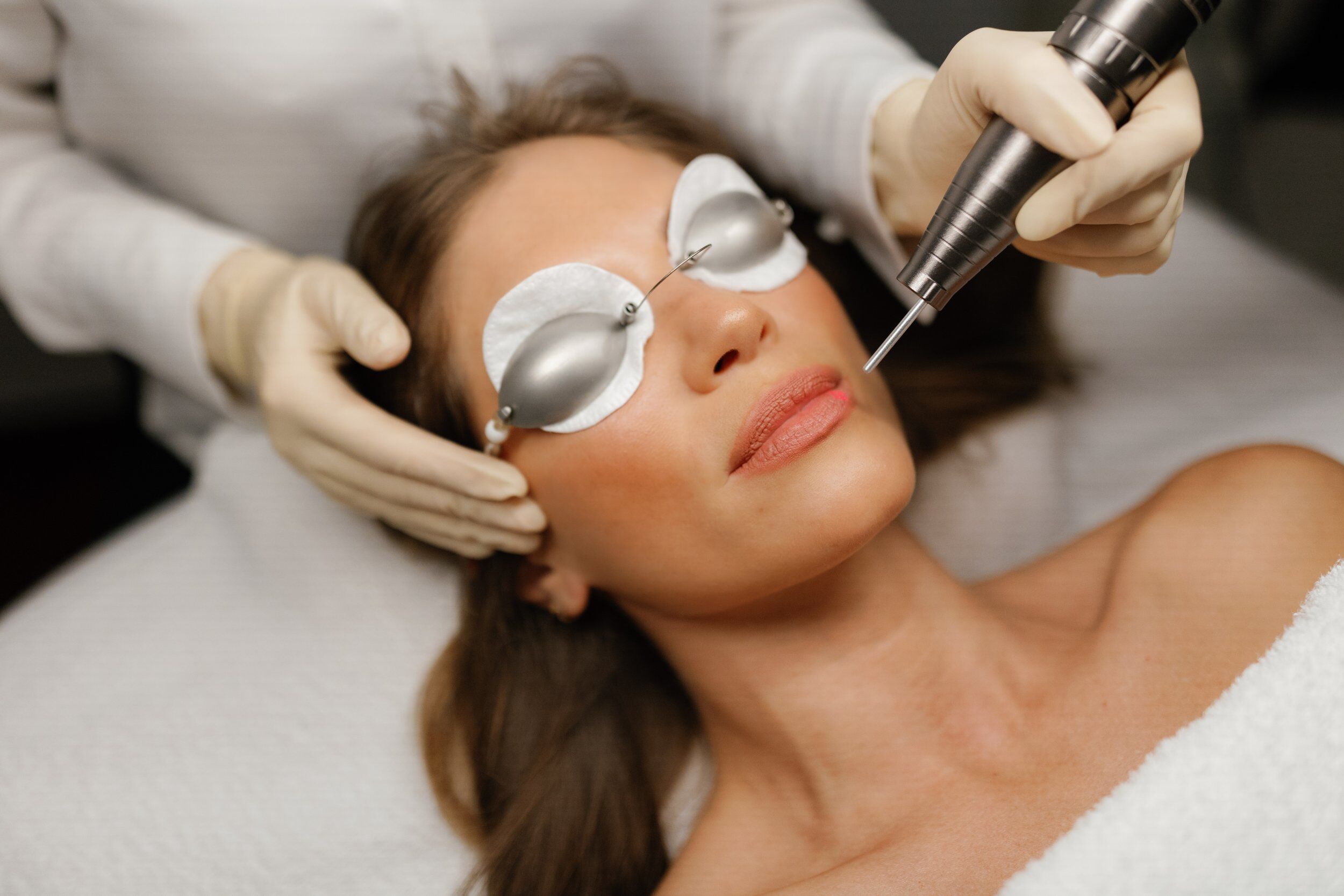Glutathione is often referred to as the body’s master antioxidant, playing a crucial role in detoxifying harmful substances, boosting the immune system, and promoting healthy skin. With the rising popularity of glutathione injections, many are seeking to understand the best practices for their use. This guide outlines essential Dos and Don’ts When Taking Glutathione Injection.
The Dos of Glutathione Injections
1. Consult a Healthcare Professional
Before starting glutathione injections, consult with a healthcare provider who understands your health history and needs. This step is vital for:
- Evaluating Your Health: A professional assessment can determine whether you are a suitable candidate for glutathione injections.
- Personalized Recommendations: Your provider can customize a treatment plan tailored to your individual health goals.

2. Choose a Licensed and Reputable Provider
Selecting the right provider is critical to ensure safety and efficacy. Look for:
- Qualified Practitioners: Ensure that your provider is licensed and experienced in administering glutathione injections.
- Positive Reviews: Research the provider’s reputation through reviews and testimonials from previous clients.
3. Follow the Recommended Dosage
Always adhere to the dosage prescribed by your healthcare provider. Taking more than the recommended amount can lead to side effects such as:
- Headaches
- Nausea
- Allergic Reactions
Sticking to the prescribed dosage helps to optimize results while minimizing risks.
4. Stay Hydrated
Proper hydration is essential when undergoing glutathione therapy. Drinking sufficient water can:
- Enhance Absorption: Hydration aids in the efficient absorption of glutathione at the cellular level.
- Support Detoxification: Water helps flush out toxins, complementing the detoxifying effects of glutathione.
5. Maintain a Healthy Diet
Incorporate a balanced diet rich in antioxidants to support the benefits of glutathione injections. Focus on foods such as:
- Fruits and Vegetables: Leafy greens, berries, and citrus fruits are excellent sources of antioxidants.
- Lean Proteins: Fish, chicken, and legumes help provide amino acids needed for glutathione synthesis.
- Healthy Fats: Include nuts, seeds, and avocados to promote overall health.
6. Monitor Your Body’s Response
Pay close attention to how your body reacts after each injection. Consider:
- Physical Changes: Note any changes in your energy levels, mood, or skin condition.
- Side Effects: Be aware of any adverse reactions and report them to your healthcare provider.
Monitoring your response can help in making necessary adjustments to your treatment plan.
7. Engage in Regular Exercise
Regular physical activity can help boost your body’s natural glutathione levels. Aim for:
- 150 Minutes of Moderate Exercise: Activities like walking, swimming, or cycling each week.
- Strength Training: Include muscle-strengthening activities at least two days a week.
Exercise supports circulation, which can enhance the effectiveness of glutathione therapy.
The Don’ts of Glutathione Injections
1. Do Not Self-Diagnose or Self-Medicate
Avoid taking glutathione injections without professional guidance. Self-medication can lead to:
- Misdiagnosis: You may not be addressing the root cause of your health concerns.
- Ineffective Treatment: Using glutathione injections without understanding your needs may yield unsatisfactory results.
2. Avoid Unverified Products
Do not use unregulated or low-quality glutathione products. Risks include:
- Contamination: Unregulated products may contain harmful substances.
- Ineffectiveness: Low-quality formulations may not provide the intended benefits.
Always choose products from reputable manufacturers.
3. Don’t Skip Follow-Up Appointments
Regular follow-ups with your healthcare provider are essential for:
- Monitoring Progress: Your provider needs to assess your response to treatment and make necessary adjustments.
- Addressing Concerns: Open communication about any side effects or health changes is crucial.
4. Avoid Mixing Treatments Without Guidance
Do not combine glutathione injections with other treatments without consulting your healthcare provider. Potential issues include:
- Interactions: Other medications or treatments may interfere with glutathione therapy.
- Compromised Results: Mixing treatments can obscure the effectiveness of each.
5. Don’t Ignore Potential Side Effects
Be vigilant about any side effects you experience after injections. Common side effects can include:
- Skin Irritation: Rashes or redness at the injection site.
- Gastrointestinal Upset: Nausea or digestive discomfort.
Report any adverse reactions to your healthcare provider promptly.
6. Do Not Rely Solely on Injections
While glutathione injections can be beneficial, they should not be viewed as a standalone solution. Instead:
- Adopt a Holistic Approach: Integrate injections with a healthy diet, regular exercise, and a balanced lifestyle.
- Prioritize Comprehensive Care: Focus on overall health through preventive measures and regular check-ups.
7. Avoid Disregarding Recommendations
Once you start treatment, it’s essential to follow your healthcare provider’s instructions. Failing to do so can lead to:
- Ineffective Treatment: Skipping doses or altering the schedule may undermine the benefits.
- Health Risks: Changes without professional advice can lead to imbalances.
Conclusion
Glutathione injections can offer numerous health benefits, from enhanced detoxification to improved skin health. However, understanding the essential dos and don’ts is critical for safe and effective use. Always prioritize professional guidance, choose high-quality products, and maintain a healthy lifestyle to support your body’s natural processes. By following these guidelines, you can make the most of your glutathione injection experience and enjoy the potential benefits they offer.